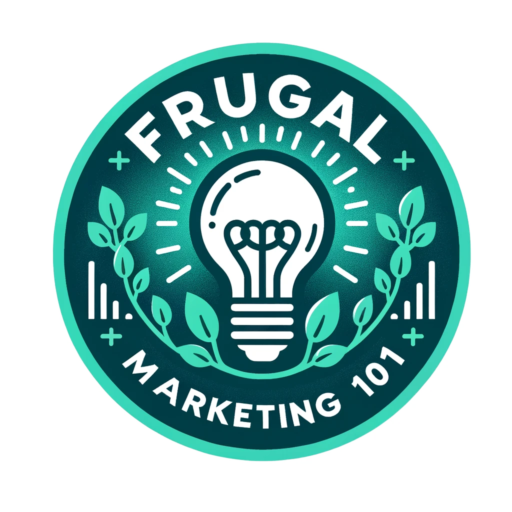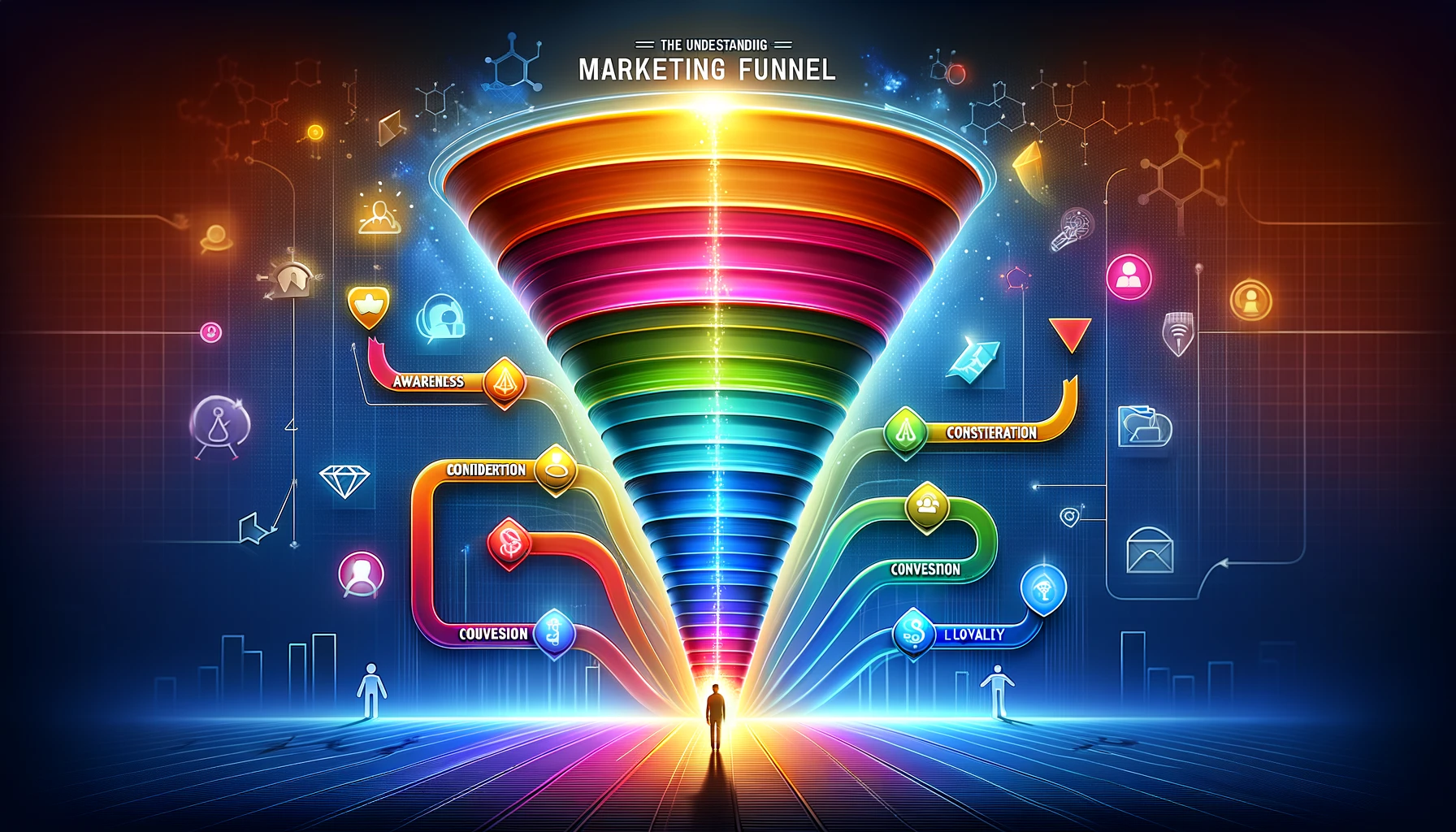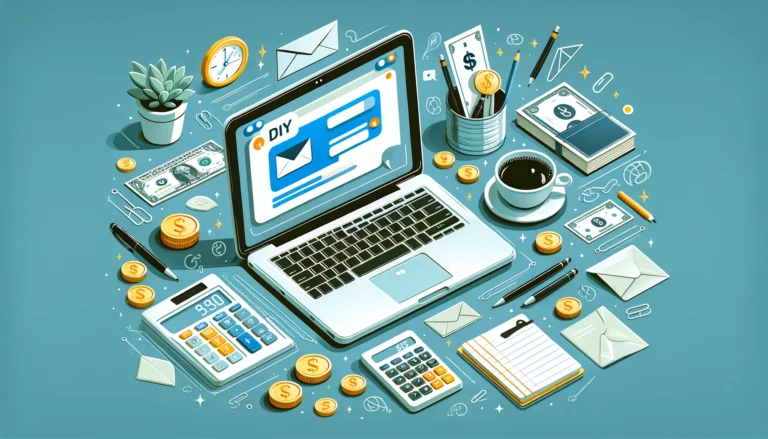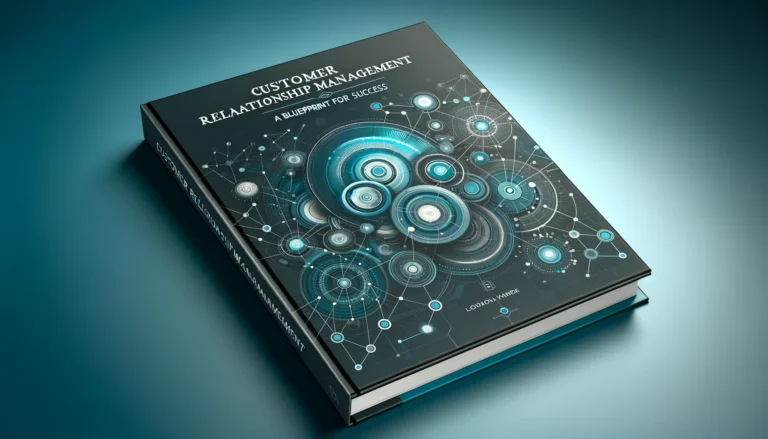What is a Marketing Funnel?
So, you started your frugal marketing journey, and the term “marketing funnel” keeps showing up over and over. Don’t worry, I’ll break it down for you. The marketing funnel is the purchase cycle consumers go through starting with awareness all the way to loyalty. The concept of the marketing funnel has been around for over 100 years, helping businesses categorize major milestones along the shopping journey. The funnel typically progresses from awareness to consideration, to decision, and finally to loyalty.
Why are Marketing Funnels Important?
Although the customer journey is not as linear as the traditional marketing funnel suggests, the concept remains vital. The path to purchase is anything but straightforward. Consumers enter, exit, and move around the funnel, and their shopping isn’t limited to a single store or geographic area.
With customers’ ability to shop anywhere at any time, brands must engage them at all stages of the customer journey. For example, during the consideration phase in the digital marketing funnel, consumers might engage in extensive online research and comparison. Brands that adapt to this non-linear path to purchase by connecting with customers in meaningful ways across the funnel will be more successful.
Marketing funnels are crucial for both lead generation and lead nurturing. During the awareness and consideration phases, brands use campaigns to attract new leads. In the decision and loyalty phases, they nurture current leads, eventually turning them into brand advocates. Understanding the marketing funnel helps brands connect the dots between channels, tactics, and content driving attention, conversations, and ultimately sales.
Stages of the Marketing Funnel
The marketing funnel has various stages, typically including awareness, consideration, conversion, and loyalty.
- Awareness: Brand awareness involves attracting customers and helping them recognize and remember a brand. Effective strategies include television ads, digital advertising, audio ads, social media campaigns, and content marketing. The goal is to keep the brand top of mind so that when customers are ready to make a purchase, they think of you.
- Consideration: During this phase, the aim is to increase the likelihood that consumers will consider a brand’s products when shopping. Marketing messages should address pain points, highlight interests, or answer questions for consumers. Strategies include positive customer reviews, testimonials, case studies, and informative content to help consumers understand how your product meets their needs.
- Conversion: In the conversion stage, the goal is to encourage shoppers to purchase a product because they believe it’s the right solution to their problem. This stage requires a well-detailed product page and exceptional customer service to inspire confidence in the buying decision. It’s often the easiest stage to measure as it directly correlates ad clicks to purchases.
- Loyalty: Fostering loyalty involves providing a seamless purchase experience and delivering a quality product. Brands must nurture connections with consumers post-purchase to stay top of mind. Effective strategies include email nurture campaigns, social media activations, and loyalty programs. The goal is to turn satisfied customers into brand advocates.
The Difference Between Marketing and Sales Funnels
While some use the terms “marketing funnel” and “sales funnel” interchangeably, they serve distinct functions within a company. The marketing funnel focuses on creating and managing a brand, generating awareness, and driving sales-qualified leads. The sales funnel is concerned with increasing product or service sales, both initially and repeatedly. Aligning both funnels can help teams stay in sync and create an optimal customer experience.
Understanding the Sales Funnel
Just like the marketing funnel, the sales funnel is crucial in turning interested leads into actual customers. Think of it as a roadmap guiding your potential customers from the moment they show interest to the point they make a purchase. It begins with capturing their attention, then nurturing those leads with personalized follow-ups and addressing their specific needs and concerns. During the conversion phase, sales efforts like product demos, free trials, and one-on-one interactions help convince prospects that your product is the right choice. After the sale, it’s all about keeping customers happy and engaged, encouraging them to come back and even recommend your product to others. By aligning your marketing and sales funnels, you create a smoother and more effective path for customers, increasing your chances of turning interest into long-term loyalty.
Incorporating a Full-Funnel Approach in Marketing
A full-funnel marketing approach considers the various ways potential customers interact with your brand. This approach helps recognize engagement opportunities and reach customers wherever they are in their journey. For instance, Osmo implemented a full-funnel strategy to stand out in a crowded STEM toy space, increasing brand awareness and engagement across different buying journey stages.
Full-Funnel Marketing Measurement
Measurement and analysis are crucial to understanding a brand’s full-funnel marketing strategy’s effectiveness. Here are three approaches for optimizing a full-funnel strategy:
- Understand Channel Impact: A full-funnel approach might include advertising across multiple channels. Establishing success benchmarks early helps measure each channel’s impact on key performance indicators (KPIs). TOFU (Top-of-the-funnel) metrics include unique reach and click-through rates; MOFU (Middle-of-the-funnel) metrics include detail page views and branded search index; BOFU (Bottom-of-the-funnel) metrics include return on advertising spend (ROAS) and conversion rates.
- Customize Messages: Using an ad server ensures relevant ads reach audiences based on their shopping journey stage. Brands can create rules to show different calls to action (CTAs) or images to audiences who’ve viewed their products versus those who haven’t.
- Compare Spend to Peers: Tools that compare advertising spend against peers in the same product category can provide insights into whether a brand is over- or under-indexing on sales, branded search, and other metrics.
Conclusion
A marketing funnel describes a customer’s journey, mapping routes from initial awareness to conversion and beyond. By evaluating and optimizing each funnel stage, companies can drive greater sales, more loyalty, and stronger brand awareness. Whether for B2B or B2C customers, adjusting the funnel to suit user personas makes it more effective, ensuring a cohesive and successful customer journey.




